The haunting grave built by guilty husband who betrayed her | Lawnswood Cemetery Pt2
Channel membership - https://ko-fi.com/deadgoodwalks/tiers
The cemetery movement came into being because of gross overcrowding in urban churchyards and public awareness of the health hazards associated with it. The first cemetery which opened as a private enterprise in 1819 was The Rosary in Norwich. Other cemeteries followed throughout the country. Leeds General Cemetery was opened at Woodhouse in 1835. It was unconsecrated and used by dissenters. Burmantofts Cemetery (Beckett Street) was opened in 1845.
By the 1870’s St Michael’s churchyard in Headingley was nearing capacity and a suitable site for a new cemetery was found at Lawns Wood. It was close to the Leeds-Otley turnpike road and was chosen for its scenic attractiveness and location in a less populated area.
George Corson (1829-1910) the noted Leeds architect, designed the lodge and chapels and also the layout of the cemetery. His design for the cemetery was intended to be ‘simple and of a character to harmonize with the surrounding scenery’ (quoted in Leeds Historic Parks Inventory, 1996). He retained a border of trees around the cemetery and selected the finest tree specimens as permanent ornaments. The landscaping was carried out by William Gay (1814-93) who had previously landscaped Undercliffe Cemetery in Bradford.The cemetery opened in 1875 and on 31 December of that year the Church of England portion was consecrated by the Bishop of Ripon. The first burial, that of Henry Sharp, took place on 23 January 1876.
-
 32:11
32:11
ParanormalPaulAndThePhenomena
10 months agoHAUNTED? South Side Hove Cemetery
1 -
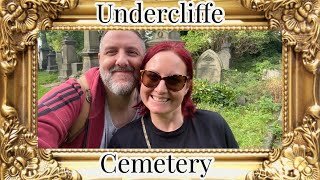 27:24
27:24
AddventureTrips
7 months agoUndercliffe Cemetery
2 -
 4:35
4:35
MidwestFleshUrbex
1 year agoHidden Graveyard behind Old House
3 -
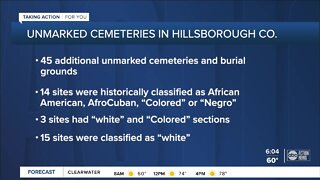 2:24
2:24
WFTS
2 years agoAnthropologists find 45 new unmarked cemeteries and burial grounds in Hillsborough County
7 -
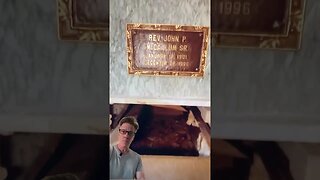 0:38
0:38
Doggorunning
1 year agoWhat Happens to your Body in the USA when you dead ☠️? #cemetery#history
18 -
 2:12
2:12
KMTV
5 years agoGraceland Cemetery Followup
4 -
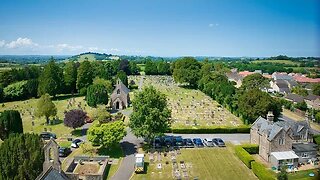 2:10
2:10
VideoCrew
10 months agoWells Funeral Services at Wells Cemetery
4 -
 25:35
25:35
InterestingStuffProductions
3 months agoAbandoned Birmingham, Alabama Cemetery
26 -
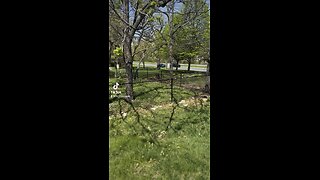 0:30
0:30
glaxyglaxyglaxyrumble
2 months agoLost Cemetery
3 -
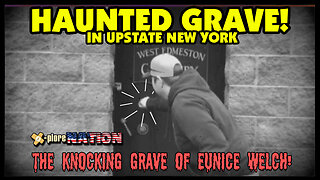 1:02
1:02
XploreNation
5 months agoHaunted Gravesite of Eunice Welch: West Edmeston, NY
2